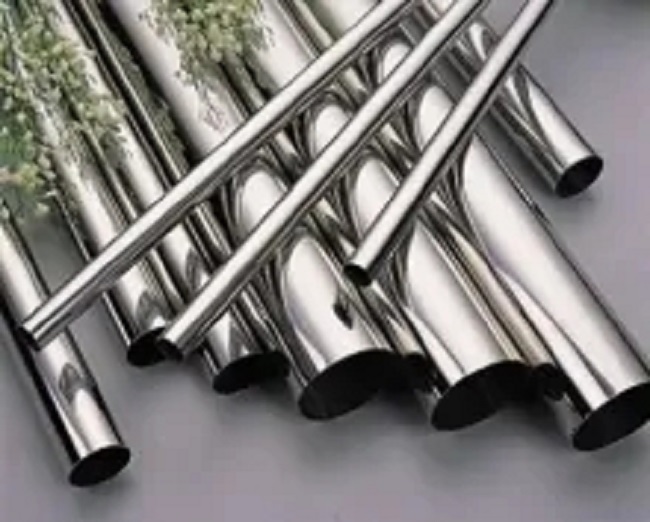
Privacy statement: Your privacy is very important to Us. Our company promises not to disclose your personal information to any external company with out your explicit permission.
Mr. Mark
What can I do for you?

1. Chemical corrosion
1.1. Surface pollution: oil, dust, acid, alkali, salt, etc. attached to the surface of the workpiece are converted into corrosive media under certain conditions, and chemically react with some components in the stainless steel parts, resulting in chemical corrosion and rusting .
1.2. Surface scratches: The damage to the passivation film by various scratches reduces the protective ability of stainless steel, and it is easy to react with chemical media, resulting in chemical corrosion and rust.
1.3. Cleaning: After pickling and passivation, the cleaning is not clean, resulting in residual liquid remaining, which directly corrodes stainless steel parts (chemical corrosion).
2. Electrochemical corrosion
2.1. Carbon steel pollution: The scratches caused by contact with carbon steel parts and the corrosive medium form a primary battery to produce electrochemical corrosion.
2.2. Cutting: The adhesion of rust-prone substances such as cutting slag and splashing and the corrosive medium form a primary battery to produce electrochemical corrosion.
2.3. Baking school: The composition and metallographic structure of the flame heating area change unevenly, and form a galvanic battery with the corrosive medium to produce electrochemical corrosion.
2.4. Welding: Physical defects (undercut, pores, cracks, lack of fusion, lack of penetration, etc.) and chemical defects (coarse grains, poor chromium at grain boundaries, segregation, etc.) in the welding area and corrosive media form primary cells to generate electricity. chemical corrosion.
2.5. Material: Chemical defects (uneven composition, S, P impurities, etc.) and surface physical defects (porosity, blisters, cracks, etc.) of stainless steel are conducive to the formation of galvanic cells with corrosive media to produce electrochemical corrosion.
2.6. Passivation: The poor passivation effect of pickling will cause uneven or thin passive film on the surface of stainless steel, which is easy to form electrochemical corrosion.
2.7.Cleaning: The remaining pickling passivation residue and the products of chemical corrosion of stainless steel form electrochemical corrosion with stainless steel parts.
3. Stress concentration is easy to cause stress corrosion.
In short, stainless steel due to its special metallographic structure and surface passivation film, It is difficult to be corroded by chemical reaction with the medium in general, but it is not impossible to corrode under any conditions. In the presence of corrosive media and incentives (such as scratches, splashes, slag cutting, etc.), stainless steel can also be corroded by slow chemical and electrochemical reactions with corrosive media, and the corrosion rate is quite fast under certain conditions. Rust phenomena, especially pitting and crevice corrosion. The corrosion mechanism of stainless steel parts is mainly electrochemical corrosion.
Therefore, all effective measures should be taken during the processing of stainless steel products to avoid corrosion conditions and incentives as much as possible. In fact, many rust conditions and inducements (such as scratches, splashes, cutting slag, etc.) also have a significant adverse effect on the appearance quality of the product, which should and must be overcome.


Privacy statement: Your privacy is very important to Us. Our company promises not to disclose your personal information to any external company with out your explicit permission.

Fill in more information so that we can get in touch with you faster
Privacy statement: Your privacy is very important to Us. Our company promises not to disclose your personal information to any external company with out your explicit permission.